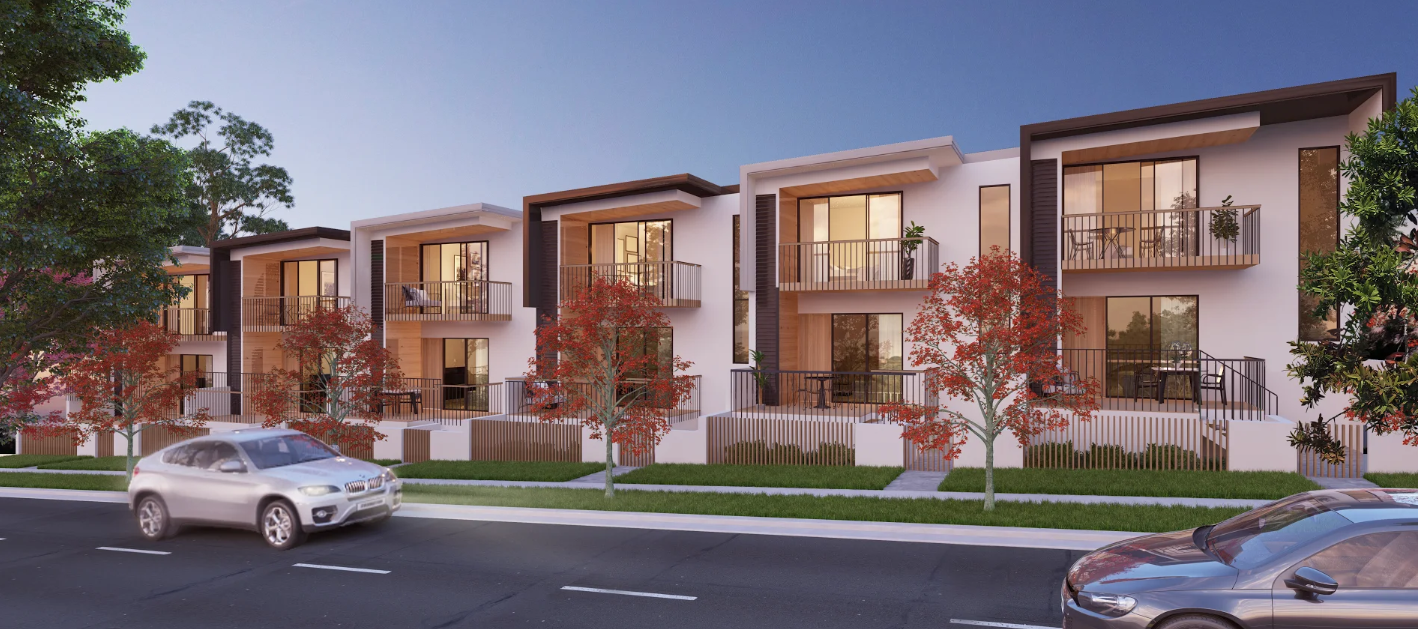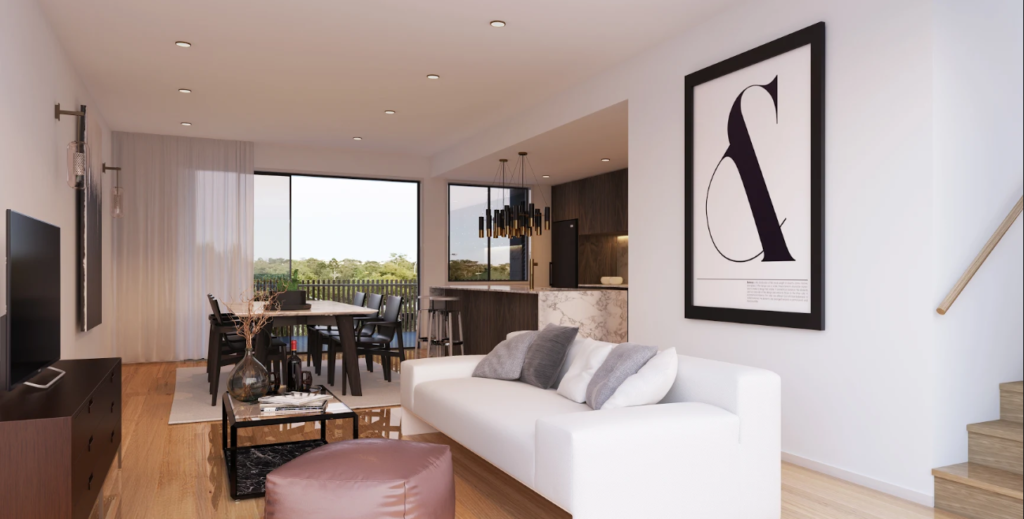Townhouse – It isn’t a dirty word

By Managing Director, Scott Clements
You might not think that is the case if you dip into the news, listen to the rhetoric of politicians or look through the annals of social media because let’s face it there is a lot of negativity around townhouses and their role in creating homes in modern Australian cities.
In many ways townhouse is a misunderstood word, a bit like ego. To be seen to have an ego is something that we all particularly dislike and when we see an ego we are quick to cut that tall poppy back down to size. However, having an ego isn’t necessarily a bad thing.
Ego is not a dirty word, a 1975 song by the Skyhooks, included the line ‘If you did not have an ego, you’d be just like the rest’. I take this to mean that you need ego (or at least confidence) and be prepared to fail, to try things and ultimately be seen as different.
It might be a stretch, but I think this could apply to the current debate around townhouses in Brisbane. It feels like the council (primarily driven by a vocal NIMBY minority) want to take us down the conservative path of ‘more of the same’. Where in this instance ‘more of the same’ means more stand-alone houses on freehold lots, which ultimately leads to less housing diversity, less affordability and further constraints on our road network and public transport infrastructure. Instead we should be moving towards increasing zoning of low to medium density residential, to help the supply of the missing middle density.
I believe that the public perception that is driving this desire of ‘more of the same’, is mostly a reaction to two things:
- Poor development outcomes that have occurred in the past (in both the townhouse and apartment space)
- A lack of understanding of the options around different types of ‘townhouse’ products
Ironically, councils have somewhat contributed to this issue in South East Queensland by allowing some inferior apartment projects to be developed, which has negatively impacted on the perception of the development industry in the eyes of the public. They are now trying to make up for lost ground, and the easiest way possible to do this is to ‘give the public what they want’. In my opinion, the better (but harder way) would be to spend time educating the public about their development planning, and how much a positive impact good townhouse projects can have on a community.
There are several different types of buildings that fall under the ‘townhouse’ moniker, and this is partially the issue, and what is creating the public to think of ‘townhouses’ as a dirty word. I’d suggest that when most people think about townhouses, they think about one of two types:
- Large 2-3 storey townhouse developments with internal private roads, and in excess of 30 dwellings
- 2-3 townhouse tucked out the back of an existing character house
This ignores the multiple alternative types that are available and can add to the character, community feel and affordability of our suburbs. These include:
- Duplexes and Triplexes
- Terrace homes
- Rear laneway townhouses or houses, keeping garages away from street frontages
- Townhouse + Granny flats over garages
- Mixed use terraces, with offices or retail on ground floor
Many of these types are predominant in the inner suburbs of Sydney and Melbourne, which are often the most affluent areas, creating more options for every type of modern Australian family to live closer to where they work and play.

More and more, we are seeing trends where homeowners don’t want the hassle of a 900m2 block, with weekends spent mowing lawns, sweeping leaves and weekdays spend stuck in traffic or crammed onto trains like sardines in a can. They want a spacious home that is easy to maintain and close to restaurants, parks, bars, culture and their place of work or education.
They want an alternative, and that alternative can be provided by creating medium density residential developments that are within a city’s inner ring. Brisbane has the perfect opportunity to take advantage of this trend because in the next 5 years we will see Cross River Rail and Brisbane Metro create new transport hubs that are ideal for versatile, well-designed homes that will let us live the Australia dream of today, not one anchored in the rose-tinted past.
Perhaps it is time to decide where Brisbane should ideally be heading in the next 20 years, and have some grown-up conversations with the public, and show that ‘townhouses’ is not a dirty word?
 Back to News
Back to News
